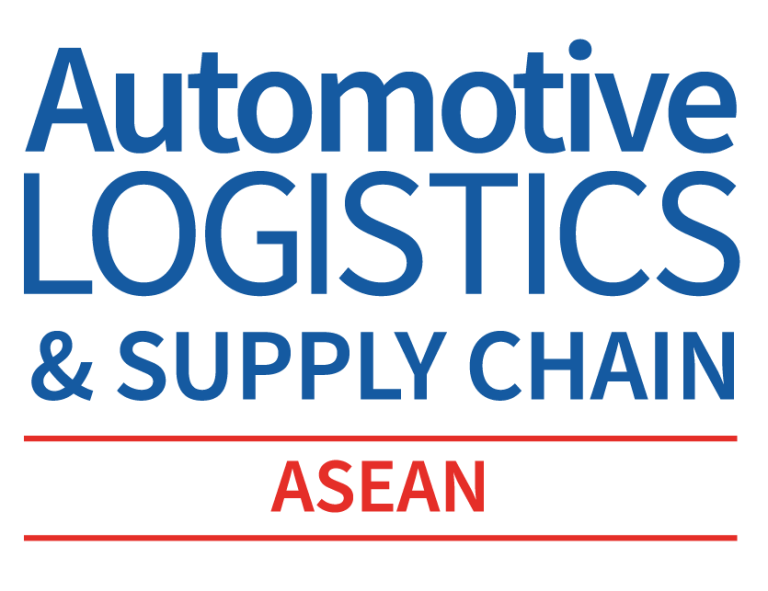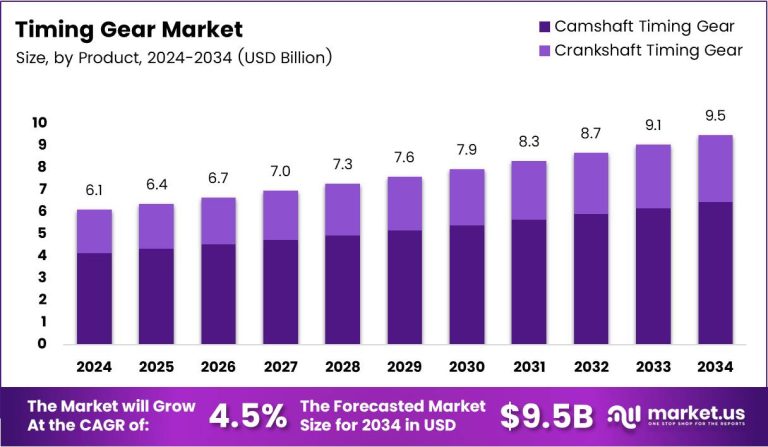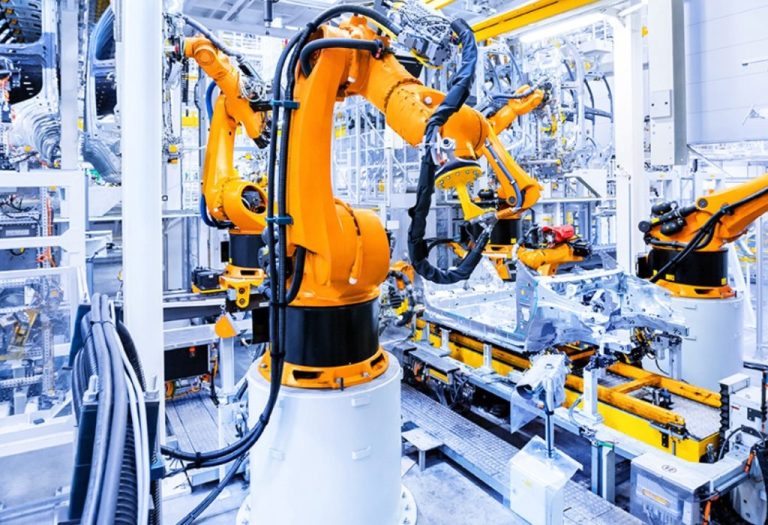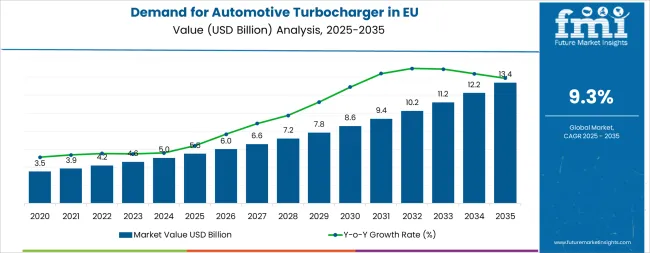3M Driving the Future of Automotive Innovation at IAA Mobility 2025
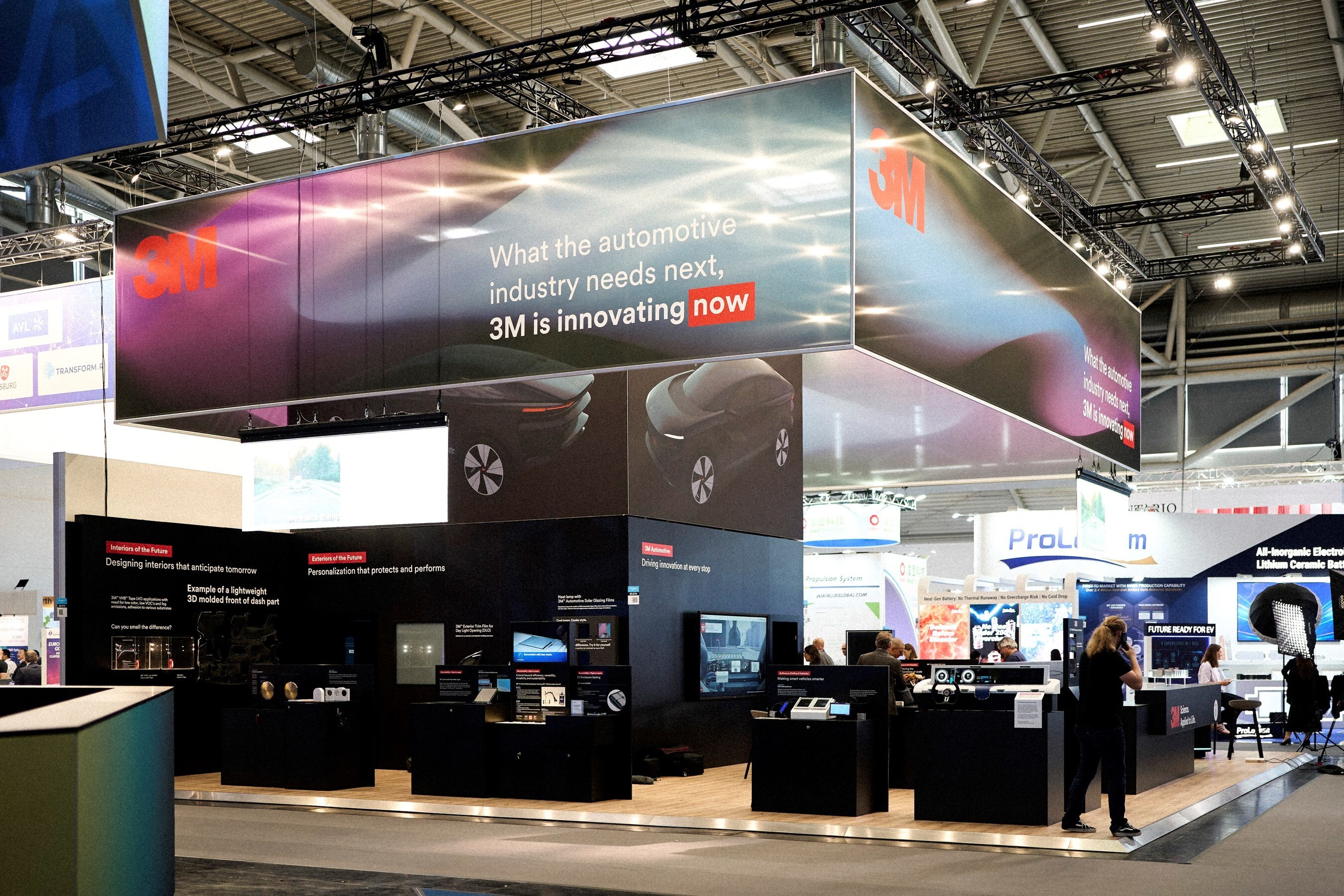
3M at IAA Mobility 2025: Shaping the Road Ahead for Automotive Innovation
The automotive sector is in a state of constant reinvention. Recently, 3M showcased its advanced material science and innovative solutions at IAA Mobility 2025, setting the stage for a revolution in how vehicles are manufactured, assembled, and experienced. As industry leaders and makers of electric vehicles (EVs) gather to explore the future of mobility, companies like 3M are steering through the tricky parts and tangled issues that have traditionally complicated automotive progress. This op-ed explores why 3M’s presence is not only eye-opening but also a compelling indicator of how the automotive and EV landscapes are evolving into more efficient, connected, and sustainable ecosystems.
Redefining Electric Vehicle Manufacturing: Enhancing Safety, Efficiency, and Cost-Effectiveness
The mass adoption of electric vehicles is one of the most exciting trends in today’s automotive industry. However, there are plenty of confusing bits and complicated pieces associated with transitioning from traditional manufacturing to EV production. 3M’s innovations—ranging from advanced materials to modular designs—are a critical component in making this transition smoother and more reliable.
Battery Protection and Longevity
Battery protection solutions are key in extending the lifespan of EV batteries. 3M’s use of thermal interface materials and approaches to mitigate thermal runaway are game changers. With these solutions, battery packs not only run cooler but can also achieve an extended range and prolonged lifecycle. These improvements help manufacturers find their way through the nerve-racking and intimidating process of balancing performance with durability.
Assembly Simplification for EV Battery Packs
Another innovative aspect is the use of 3M™ VHB™ Extrudable Tape and stretch release technology. These techniques simplify the assembly and disassembly of EV battery packs, reducing production time and streamlining maintenance efforts. By drilling down into these innovations, manufacturing plants can cope with the off-putting twists and turns of managing battery safety and efficiency while cutting down the associated costs. This not only eases the assembly process but also contributes directly to lowering the overall cost per unit.
Transforming Chassis Manufacturing: Cutting Down Weight and Boosting Structural Integrity
The chassis is the backbone of any vehicle, but traditional manufacturing processes are often riddled with tension and full of problems when it comes to meeting modern demands for efficiency and safety. 3M’s disruptive chassis manufacturing solutions aim to transform how these essential components are made.
Reducing Weight Without Compromising on Strength
Weight reduction is a key focus area for modern automakers. Using 3M™ Glass Bubbles in components—from injection molding to sealing and high-pressure spray applications—manufacturers can reduce the weight of vehicle parts while still retaining necessary performance levels. This innovative use of materials contributes to more fuel-efficient designs and paves the way for next-generation lightweight vehicles.
Maintaining Structural Integrity and Boosting Production Speed
The techniques introduced at IAA Mobility are as much about production efficiency as they are about structural strength. By employing modular designs and cutting-edge materials, 3M helps automotive engineers figure a path that not only speeds up production but also preserves the integrity of the vehicle’s chassis. The result is a solution that boosts both the precision and reliability of automotive manufacturing. In many ways, these advancements simplify the tricky parts and little details that have long been a stumbling block for traditional manufacturers.
Sustainability Through Recyclability and Right to Repair Practices
Sustainability is more than just a buzzword in today’s automotive and EV arenas—it’s a must-have. With increasing awareness of environmental impacts and stricter regulations, the industry is tasked with the dual challenge of producing vehicles that are both innovative and eco-friendly. 3M is contributing to this mission by focusing on radioactive practices like recyclability and right-to-repair solutions.
Eco-Friendly Material Innovations
Automotive manufacturers are now required to take the circular economy seriously. 3M’s innovations in material science include designs that not only reduce waste but also promote the reuse of components. By integrating renewable energy use and incorporating circular economy practices, these innovations help reduce a vehicle’s overall carbon footprint. Making sense of these sustainable practices may seem overwhelming at first, but breaking them down reveals a series of essential steps toward a greener automotive future.
Right to Repair and Sustainability Strategies
The right to repair is another key component of these sustainability strategies. With 3M’s solutions in assembly simplification and modular designs, vehicles are designed with easier maintenance and fewer nerve-racking repairs. This leads to more sustainable supply chains and improved fuel efficiency over the lifespan of the vehicle. Both manufacturers and end-users benefit from these streamlined processes, making the entire ecosystem more responsible and environmentally conscious.
Software-Defined Vehicles: A New Chapter in Automotive Connectivity
In the coming era, vehicles are not just mechanical constructs but also sophisticated computing platforms. Software-defined vehicles, characterized by over-the-air updates and integrated sensors, are becoming increasingly central in automaking. 3M’s innovations dovetail with these trends, providing the underpinnings needed for vehicles that are flexible, connected, and capable of personalizing the driving experience.
Over-the-Air Updates: Keeping Vehicles Current
One of the finest points in modern vehicle design is the ability to update key software components remotely. Over-the-air updates ensure that critical systems such as ADAS (Advanced Driver Assistance Systems) and infotainment platforms remain up-to-date. This capability is super important in today’s fast-paced tech environment, where even a slight delay in introducing updates can result in missed opportunities and safety hazards.
Enhanced Computing and Reliable Connectivity
The integration of efficient computing clusters into the vehicle’s design has become a critical area of focus. 3M’s involvement in the automotive ecosystem extends to supporting these fine points through technologies that ensure reliable connectivity. When drivers and passengers can seamlessly interact with their vehicles, the overall experience is enriched. The subtle parts of personalization and connectivity could easily be overlooked, but they are meticulously addressed in today’s designs.
Interior Innovations: Creating the Perfect In-Car Experience
Modern vehicles are not only about safe travel but also about offering an immersive, comfortable, and personalized in-car experience. At IAA Mobility 2025, 3M showcased solutions that target the interiors of future vehicles. These developments emerge in response to a growing demand for performance alongside luxury in everyday driving scenarios.
Smart Surfaces and Enhanced Comfort
Gone are the days when vehicle interiors were an afterthought. Today’s landscape values smart surfaces that adapt to the driver’s needs. The advancements in light control films, for example, optimize in-car display brightness and reduce windshield reflection, thereby enhancing the overall inside feel. This slight difference may seem minor, but the cumulative effect results in a significantly improved user experience.
Advanced Infotainment Systems and Flexible Configurations
Infotainment systems have become a key selling point for modern vehicles. 3M’s innovations extend to automotive window films that offer UV protection and customized car wrap films targeting personalization enthusiasts. The integration of next-generation infotainment with adaptable interiors represents the forefront of future mobility solutions. By addressing these intricate aspects, vehicle manufacturers can create an environment that caters to varying consumer demands while staying ahead in the game.
Industry Collaboration: The Essential Ingredient for Future Mobility
Collaboration has stood out as an essential factor in fueling innovation in the automotive world. 3M’s active participation at IAA Mobility 2025 is a clear signal of its dedication to partnering with industry leaders, suppliers, and various stakeholders to create a more connected and efficient automotive ecosystem.
The Role of Strategic Partnerships
In an industry where progress can often feel laden with tension and on edge due to competing interests and complex manufacturing processes, strategic partnerships help smooth the ride. By collaborating with diverse groups ranging from small business innovators to major automotive suppliers, companies like 3M can consistently address both the larger market challenges and the nitty-gritty, confusing bits that single entities struggle to resolve on their own.
Benefits for Manufacturers, Suppliers, and Consumers
This collaborative approach brings tangible benefits. Manufacturers gain access to innovative materials and streamlined processes, while suppliers can participate in cutting-edge production techniques that reduce cost and time. For the end-users, the benefits are clear: safer, more efficient vehicles that are accessible and easier to maintain. In an industry filled with intimidating and overwhelming challenges, these partnerships offer a path forward that is both clear and practical.
Embracing Digital and Connected Trends in the Automotive Sector
Today’s automotive industry is riding a wave of digital transformation. It’s not just about the physical components anymore; it’s about integrating digital technologies deeply into every facet of vehicle design and production. The digital shift involves everything from the software that defines vehicle functions to the cloud-based systems that enable connectivity and ongoing improvements.
Cloud-Based Innovations and Data Integration
Many companies are teaming up to develop cloud-based solutions that simplify the production process and enhance vehicle functionalities. The integration of cloud computing not only addresses the challenging parts of managing vast data streams but also reinforces overall reliability. Solutions that allow for over-the-air software updates and real-time diagnostics are super important in a world where vehicle performance directly depends on up-to-date software. The evolution of automotive software thus presents both exciting opportunities and a few tricky parts that must be managed with great care.
Cybersecurity and Protecting Connected Vehicles
As vehicles become more connected, they also become more vulnerable to cyber threats. Safeguarding these digital platforms is among the key priorities for manufacturers. While the incorporation of modern computing and connectivity hardware introduces several confusing bits into the design process, it also creates an opportunity for developing robust cybersecurity measures that protect both drivers and manufacturers alike. By taking a closer look at these risks and counteracting them with best-in-class solutions, companies can ensure a smooth and secure journey into the future.
Challenges and Opportunity: Overcoming the Tangled Issues in Automotive Innovation
The journey toward advanced mobility is not without its nerve-racking setbacks and intimidating twists and turns. Every new technology introduces a host of hidden complexities that require careful planning and thoughtful redesign. However, these challenges also present an invaluable opportunity to refine existing practices and develop new standards for safety, efficiency, and sustainability in automotive production.
Addressing Material Science Challenges
The realm of material science plays a pivotal role in shaping the next era of vehicles. As manufacturers push for lighter, stronger, and more efficient materials, they have to contend with tangled issues that may seem overwhelming at times. 3M’s continual research and innovations in material science are essential in this context, as they help break down these complicated pieces into manageable, practical solutions. Not only do these solutions reduce weight and improve performance, but they also pave the way for an evolution in the manufacturing process itself.
Streamlining Manufacturing Processes
One of the key hurdles in modern automotive production is managing a myriad of small yet critical details that directly impact overall efficiency. Advanced materials and modular manufacturing techniques are being deployed to figure a path through the maze of production challenges. Such measures help in lowering production costs, improving precision, and shortening production cycles. While these improvements might seem like small distinctions at first, their cumulative effect is transformational, enabling manufacturers to meet the growing demand for safer, more efficient EVs without compromising on quality.
Looking Ahead: The Future of Mobility and the Role of Innovation Hubs
As we stand at the crossroads of tradition and innovation, the importance of technology in shaping future mobility cannot be overstated. Events like IAA Mobility 2025 serve as both inspiration and a reality check, highlighting what is possible when companies invest in the latest advancements and remain open to new ideas.
What This Means for Automotive Industry Stakeholders
The advances presented by 3M and its partners hold far-reaching implications. For automotive manufacturers, the key takeaway is that integrating innovative materials and digital platforms is not a luxury but an essential strategy. Suppliers, too, must embrace these changes to offer robust, scalable solutions that can address both the immediate and long-term demands of the market. For consumers, the impact is felt in safer, more personalized vehicles that speak to the evolving tastes and expectations of a modern audience.
Innovation as a Continuous Process
The journey of innovation is ongoing. The automotive industry must continuously be willing to poke around and get into the fine points of emerging technologies in order to stay ahead of trends. Although there are always a few nerve-racking moments along the way, every improvement brings us closer to an automotive future where sustainability, safety, and high performance are not mutually exclusive but rather exist in perfect harmony.
Tables and Bullet Lists: Breaking Down Key Innovations
To better understand the multifaceted advancements discussed above, the following table and bullet list offer a quick snapshot of 3M’s contributions to automotive innovation:
Key Innovations in a Snapshot
| Innovation Area | 3M Solution | Impact |
|---|---|---|
| Battery Protection | Thermal Interface Materials, Thermal Runaway Mitigation | Extended battery lifespan and range |
| Assembly Simplification | 3M™ VHB™ Extrudable Tape, Stretch Release Technology | Streamlined assembly/disassembly processes |
| Chassis Manufacturing | 3M™ Glass Bubbles for Lightweighting | Reduced vehicle weight without compromising strength |
| Interior Innovations | Smart Window Films, Custom Car Wrap Films | Enhanced comfort, UV protection, and personalization |
| Software and Connectivity | Support for Over-the-Air Updates and Advanced Computing | Improved vehicle diagnostics and personalization |
Benefits for Different Stakeholders
- Automotive Manufacturers: Lower production costs, faster assembly, and improved vehicle safety.
- Suppliers: Robust and scalable solutions that address the fine shades of modern manufacturing challenges.
- Consumers: Safer, more efficient vehicles with enhanced personalization and convenience features.
- Industry Collaborators: Opportunities for strategic partnerships that unlock innovative potential across the entire ecosystem.
Industry Implications: Moving Beyond the Nitty-Gritty of Today’s Manufacturing
In every industry, particularly one as dynamic and competitive as automotive manufacturing, the ability to manage your way through intricate production challenges can define success. As companies work to simplify production and integrate new technologies, the need for continuous collaboration and adaptive thinking has never been greater. 3M’s participation at events like IAA Mobility 2025 reaffirms the belief that innovation thrives when traditional practices are revisited and reimagined.
Embracing Collaborative Innovation
For manufacturers in the automotive sector, the adoption of advanced materials and digital technologies is more than just a trend—it is a necessity. Collaborations like those nurtured by 3M help break down the complicated pieces of traditional methods, replacing them with streamlined, flexible processes that respond swiftly to market changes. This proactive stance is essential in an environment full of problems and loaded with issues where every minor improvement can result in significant real-world benefits for both producers and consumers.
The Convergence of Digital and Physical Realms
The future of mobility is defined by the convergence of digital innovation with physical design processes. This blending of the tangible and the digital creates vehicles that are not only built to last but also capable of adapting to the demands of the modern digital age. The ability to update vehicles’ functionalities remotely while ensuring that every component is as light and efficient as possible is a balancing act that encapsulates the fine details of progressive vehicle design.
Conclusion: Steering Toward a Future Fueled by Innovation
As the automotive industry continues to push through the tricky parts and overwhelming challenges of integrating new technology and sustainable practices, the role of innovators like 3M becomes ever more critical. Their advancements in battery protection, chassis manufacturing, interior design, and digital integration are not simply isolated improvements but are part of a larger narrative—one where the future of mobility is redefined across every stage of vehicle production.
The journey is ongoing, and while there are messy twists and nerve-racking obstacles along the way, the potential benefits are enormous. From ensuring efficient electric vehicle production to transforming connected vehicle experiences, these improvements offer manufacturers, suppliers, and consumers alike a more secure, dynamic, and personalized automotive landscape. The collaboration seen at IAA Mobility 2025 exemplifies the spirit of teamwork essential to overcoming the tangled issues and hidden complexities of modern automotive innovation.
In the long run, the drive to innovate is more than just about keeping up with the competition—it’s about setting new benchmarks and creating a legacy for future generations. The rise of software-defined vehicles, the promise of sustainable materials, and the integration of digital connectivity all point to a future where the automotive industry is not only equipped to handle the challenges of tomorrow but is also ready to embrace opportunities that seem as endless as the open road.
Ultimately, the advancements showcased by 3M are a testament to the power of innovation, collaboration, and forward-thinking strategy. By continuously poking around, taking a closer look at the minute details, and figuring a path through every twist and turn, companies are shaping a future where mobility is smarter, safer, and supremely sustainable. As we take the wheel toward this exciting future, it remains clear: the evolution we witness today is just the beginning of a transformative journey that promises to redefine how we experience the world of automotive travel.
Originally Post From https://telematicswire.net/3m-at-iaa-mobility-2025-what-the-automotive-industry-needs-next-3m-is-innovating-now/
Read more about this topic at
Future Mobility – Innovation | Company
The future of mobility in 2035
